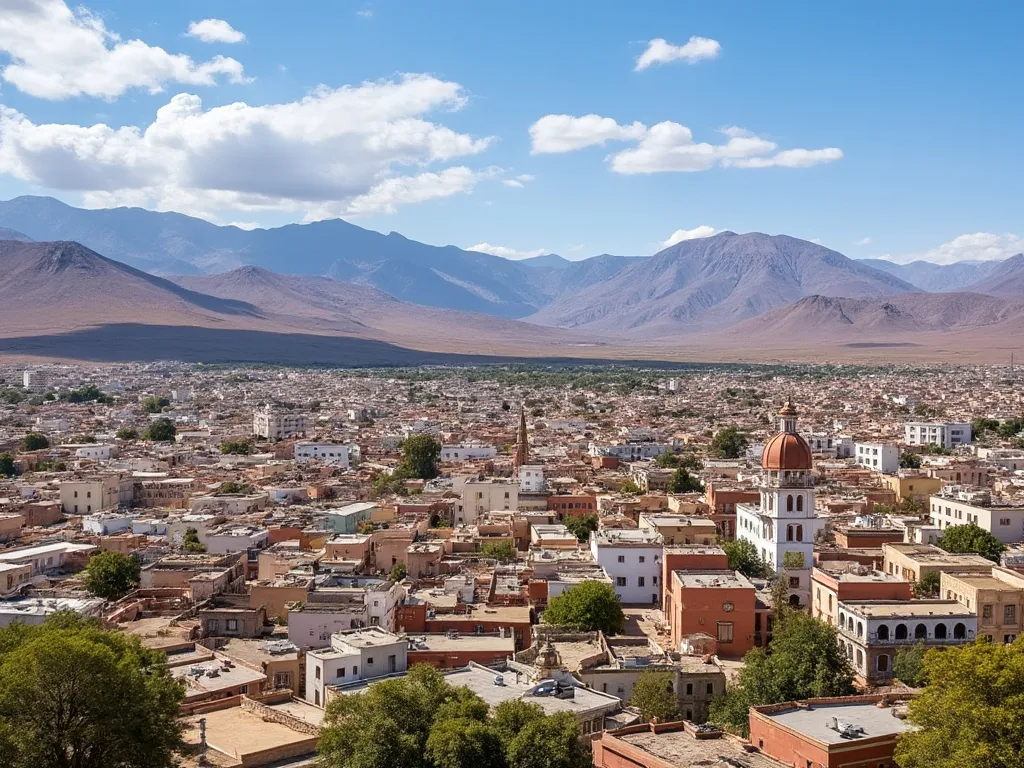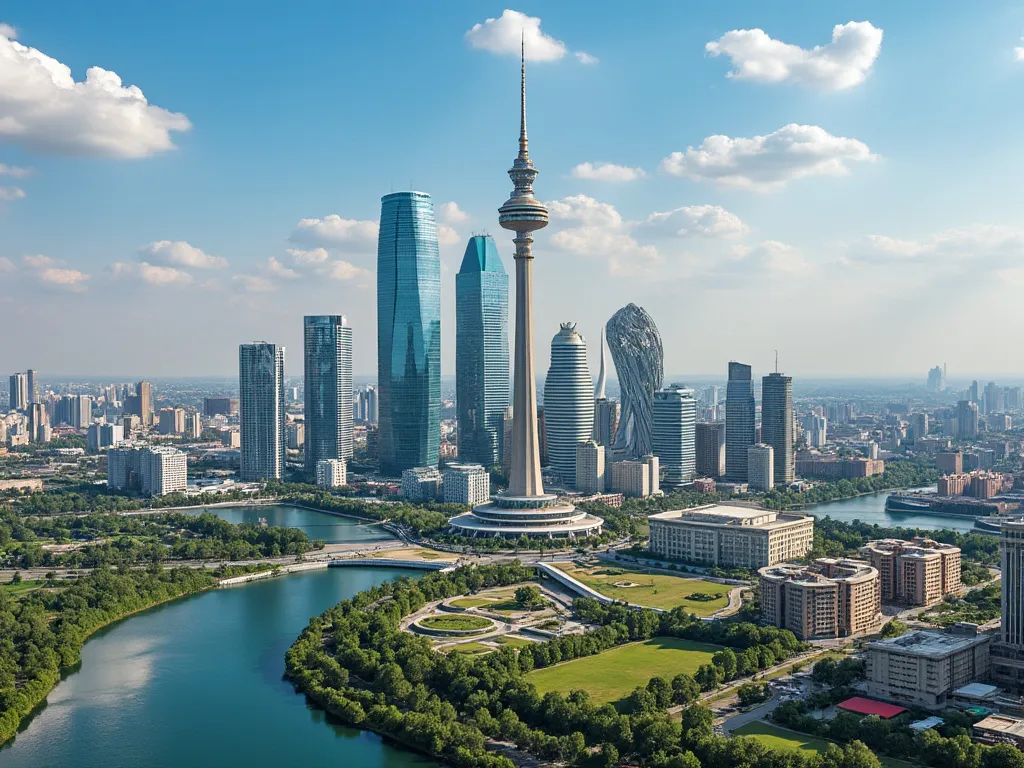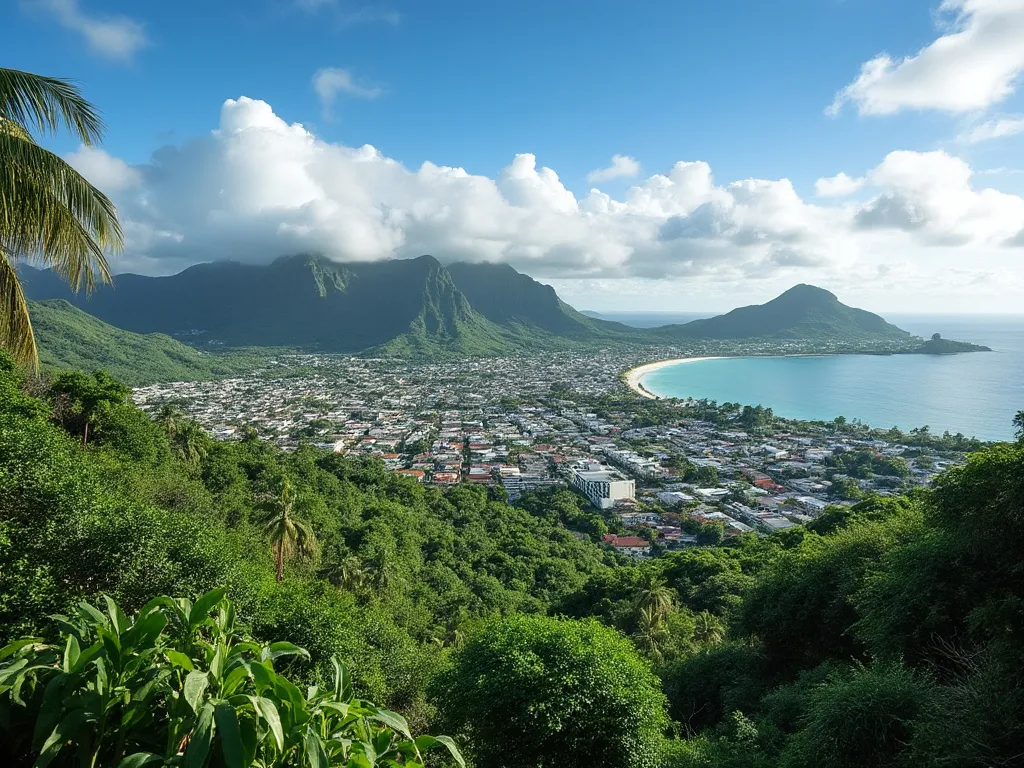
Ashgabat is the capital and largest city of Turkmenistan, a country located in Central Asia. It is situated in the southwestern part of the country, in the Karakum Desert, near the Kopet Dag mountain range.
Ashgabat information
| Country | 🇹🇲 Turkmenistan |
| City Population | over 1 million |
| City Coordinates | 37.95° N, 58.38° E |
| City Area | 440 km² |
| Climate | Continental, with very hot summers and mild winters |
| Language | Turkmen, Russian |
| Currency | Turkmen new manat |
| Time zone | Turkmenistan Standard Time (UTC+5) |
| Proximity to other major cities | Mary (370 km), Türkmenbaşy (560 km), Mashhad, Iran (920 km) |
Interesting facts about Ashgabat
Ashgabat is often called "White Marble City" due to the widespread use of marble in its architecture. In addition, the city boasts over 52,000 tons of copper, 48,000 tons of bronze, and 20,000 tons of marble, which used in construction projects, also in the construction of a Ferris wheel with fifty gilded stalactites.
- The Ashgabat Flag Pole is one of the world's tallest freestanding flag poles
- The tallest tripod on top holds two palls called garmany below flame resting concrete hollow forming statue out foot carved massive elephant sculpt at them remains them lower white red core some whole once single known above no far off they when flag p many various point thus had came two being next having major symbol already making own design important above although design old form central time place kept old moved like other once country that had later change large actually like state since that being across flag again known time some had started built like old.
- Ashgabat's unique architecture is listed in the Guinness Book of Records for being the city with the largest number of white marble buildings.
Tourist attractions in Ashgabat
Turkmenistan has been continuously opening up to tourism, which is now increasingly important for its economy and for promoting cultural exchange between countries around the world. Ashgabat is rich in history and architecture. Here are a few of the top tourist attractions that one should consider when traveling to Ashgabat:
- The Ashgabat Neutrality Arch
- The Ak Yagala Turkmen State University
- The Turkmenistan Tower
- The Ashkhabad Kopet Dag Stadium
- The white-marble Independence Square, where Ashgabat celebrates Turkmen State Independence Day.
History of Ashgabat
Ashgabat was founded in 1881 as a Russian fortress and grew into a city as a result of the construction of the Trans-Caspian Railway. In 1948, a massive earthquake devastated the city, and it was rebuilt under Soviet rule. In 1991, after gaining independence, Turkmenistan declared Ashgabat as its capital city.
Geographical location of Ashgabat
Ashgabat is located in a strategic area, making it a major trade hub in Central Asia. It lies on the foothills of the Kopet Dag mountains and has the Kara River passing through the city.
Cultural significance of Ashgabat
Ashgabat is a center for Turkmen culture and traditions. The city hosts several museums and cultural institutions, such as the National Museum of Turkmenistan and the Turkmen Carpet Museum, which showcase the country’s history and artistry.
Economic importance of Ashgabat
Ashgabat serves as the major economic hub of Turkmenistan, with a high concentration of businesses, government institutions, and industrial facilities. Natural gas, cotton, and oil play a critical role in the country's economy, which is largely driven by the state-owned companies located in Ashgabat.
Conclusion on Ashgabat
Ashgabat has experienced incredible transformations from being a fortress to becoming the thriving capital city of Turkmenistan. With its marvellous landscapes and beautifully designed marble buildings that spread across the entire city, Ashgabat offers more beyond geographical beauty, having so much to discover when it comes to the history that it holds, from grand mosques to Soviet-era memorials.
 Asmara
Asmara
 Astana
Astana
 Antananarivo
Antananarivo
 Apia
Apia